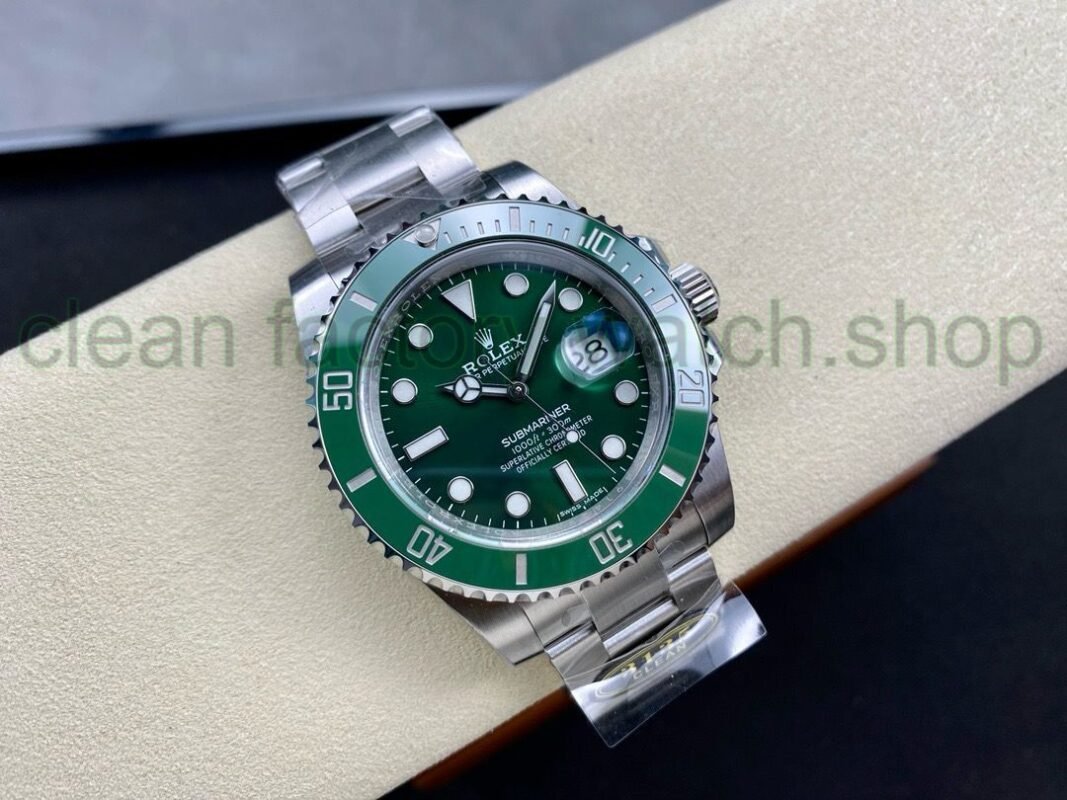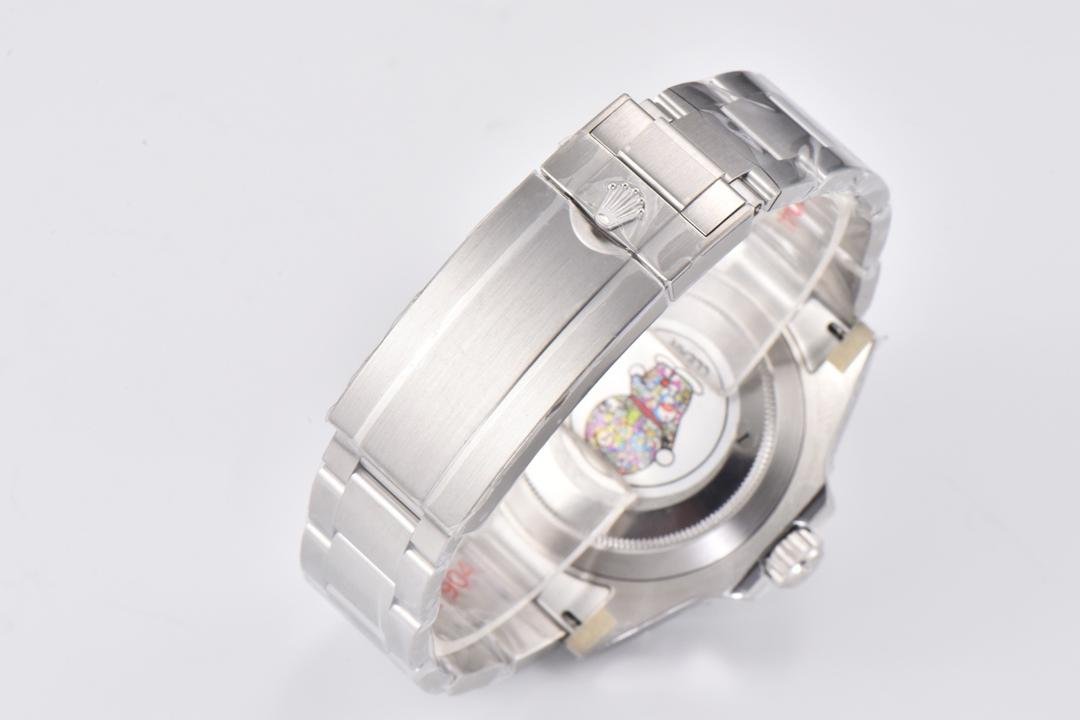Blog
Understanding the Clean Factory Watch: A Guide to Transparency

In a world where consumer awareness is at an all-time high, the demand for transparency in manufacturing processes has never been greater. Enter the Clean Factory Watch, an innovative initiative designed to shed light on the practices behind production lines across various industries. In this guide, we will navigate the core principles of the Clean Factory Watch, examining how it fosters accountability and promotes ethical manufacturing. From its inception to its practical implications, we will explore how this movement not only benefits consumers seeking responsible choices but also empowers businesses to embrace transparency as a cornerstone of their operations. Join us as we demystify the Clean Factory watch and delve into the evolving landscape of responsible manufacturing in the modern era.
Table of Contents
- Exploring the Origins of the Clean Factory Watch Concept
- Key features that Define Transparency in Manufacturing
- Implementing Best Practices for Sustainable Production
- Navigating Challenges and Opportunities in Factory Accountability
- Q&A
- Future Outlook
Exploring the Origins of the Clean Factory Watch Concept
The Clean Factory Watch concept emerged as a response to growing concerns surrounding ethical manufacturing practices and supply chain transparency. Initially sparked by the demand for sustainability in various industries,it gained momentum through grassroots movements and the efforts of individuals advocating for responsible production. This innovative idea encourages companies to keep their production processes open to scrutiny, striving to provide consumers with clearer insights into how their products are made and the impact of those processes on the habitat and society. The Clean Factory Watch acts as both a watchdog and a beacon, pushing for accountability among manufacturers.
This initiative underscores the importance of transparency by highlighting key factors that contribute to a truly clean manufacturing process. Some of these elements include:
- Ethical Labor Practices: ensuring fair wages and safe working conditions.
- Environmental Duty: Minimizing waste and reducing carbon footprints.
- Supply Chain Visibility: Providing clear information on where materials are sourced.
- Consumer Engagement: Involving the public in discussions about production ethics.
through the Clean Factory Watch, consumers are empowered to make informed decisions, encouraging brands to adopt more ethical practices.This creates a ripple effect across industries, pushing for a shift toward more responsible and sustainable production methods that benefit not just consumers but also workers and the planet.
Key Features that Define Transparency in Manufacturing
Transparency in manufacturing hinges on several key elements that not only foster trust but also enhance operational efficiency. These characteristics ensure that stakeholders, including consumers, are well-informed and can make decisions based on reliable information. Key aspects include:
- traceability: The ability to track the origins of raw materials and the journey through production processes to final products.
- Open Interaction: Maintaining channels for dialogue between manufacturers and consumers, enabling feedback and information sharing.
- Real-time Data Sharing: Utilizing technology to provide up-to-the-minute updates on production status, quality controls, and supply chain logistics.
Moreover, compliance with industry standards and regulations serves as a benchmark for transparency, ensuring that companies operate within ethical guidelines. The integration of technologies like blockchain can further bolster this commitment, offering an immutable record of transactions and processes. Consider the following benefits:
| Benefit | Description |
|---|---|
| Enhanced Accountability | Clear visibility into operations encourages responsible practices. |
| Increased Consumer Trust | Openness about processes reinforces brand integrity. |
Implementing Best Practices for Sustainable Production
In today’s environmentally-conscious market,embracing sustainable production practices sets businesses apart and fosters trust with consumers. To truly implement these practices, companies can take several critical steps, addressing both environmental impact and efficiency. Key strategies include:
- Conducting Regular Audits: Evaluate current practices to identify areas for enhancement and ensure adherence to sustainability goals.
- Utilizing Renewable Resources: Shift towards materials and energy sources that are biodegradable or recyclable, minimizing the footprint left behind.
- Investing in Technology: Leverage advancements in production technology that facilitate waste reduction and energy efficiency.
- employee Training: Equip your workforce with the knowledge necessary to engage in sustainable practices, ensuring everyone is aligned with the company’s vision.
Collaboration with suppliers is equally crucial in cultivating an ecosystem of sustainability. Establishing partnerships that prioritize environmentally-friendly methods can amplify the impact. Consider implementing a shared supplier code of conduct specifically focused on sustainability standards which includes:
| criteria | Details |
|---|---|
| Material Sourcing | Prioritize ethically sourced and sustainable raw materials. |
| Waste Management | Encourage strategies for reduction, reuse, and recycling among suppliers. |
| Carbon Footprint | Set targets for reducing greenhouse gas emissions in the supply chain. |
Navigating Challenges and Opportunities in Factory Accountability
In the quest for factory accountability, businesses often face a landscape filled with both hurdles and prospects. Companies must adopt a mindset that embraces transparency as an essential aspect of their operational framework. A key part of this journey involves moving beyond mere compliance and engaging in practices that foster genuine ethical standards. Strategies to consider include:
- implementing robust auditing processes that go beyond surface checks
- Utilizing technology to monitor and assess factory conditions in real time
- fostering open communication channels between workers and management irrespective of organizational hierarchy
This proactive approach not only mitigates risks but also elevates stakeholder trust and loyalty.
While difficulties may arise, the opportunities that come with embracing factory accountability can be transformative. By prioritizing ethical practices, companies can position themselves as leaders in corporate social responsibility. An open reporting system allows for the identification of potential areas for improvement, which can lead to enhanced productivity and worker satisfaction. Notable benefits include:
- Increased brand loyalty among consumers who value ethical production
- Improved relationships with suppliers through shared accountability
- Access to markets that demand stringent compliance to sustainability standards
As organizations navigate this evolving terrain, the right blend of transparency and accountability can forge a path to long-term success.
Q&A
Q&A: Understanding the Clean Factory Watch – A Guide to Transparency
Q1: What is the Clean Factory Watch?
A1: The Clean Factory Watch is an innovative initiative designed to enhance transparency in the manufacturing sector, particularly in the fashion and textile industries. By tracking and showcasing factories that adhere to sustainable and ethical practices, it serves as a watchdog for companies aiming to operate responsibly while providing consumers with insights into the supply chain.
Q2: Why is transparency in factories important?
A2: Transparency is crucial because it builds trust between consumers and brands. In an era where eco-consciousness is on the rise, people are increasingly interested in the origins of their products and the conditions under which they are made. Transparency ensures that companies are held accountable for their practices, ultimately promoting better labor standards and sustainable production methods.
Q3: How does the Clean Factory Watch work?
A3: The Clean Factory Watch operates by gathering data from various factories and evaluating them against a set of ethical and environmental criteria. Factories that meet these standards are marked as “clean.” This information is then made accessible to consumers, helping them to make informed choices while encouraging brands to improve their supply chain practices.
Q4: Who benefits from the Clean Factory Watch?
A4: Several stakeholders benefit from the clean Factory Watch. Consumers gain access to reliable information that allows them to support ethical brands, while companies are motivated to adopt better practices and improve their marketability. Additionally,workers in the factories themselves are likely to benefit from improvements in workplace conditions and fair treatment.
Q5: Can consumers actively participate in the Clean Factory watch initiative?
A5: Absolutely! consumers can play an active role by choosing to purchase from brands that are listed as clean, advocating for transparency in supply chains, and spreading awareness about the initiative. Engaging with campaigns on social media and encouraging others to consider the implications of their purchasing choices further amplifies the impact of the Clean Factory Watch.
Q6: What challenges does the Clean Factory Watch face?
A6: like any initiative aimed at systemic change,the Clean factory Watch faces challenges,including resistance from brands that prefer the status quo,the complexities of global supply chains,and the potential for misinformation. Overcoming these hurdles requires a steadfast commitment to transparency and collaboration among stakeholders to foster a culture of accountability.
Q7: What’s the future of the Clean Factory Watch?
A7: the future of the Clean Factory Watch looks promising as awareness surrounding ethical consumption continues to grow. With advancements in technology and data analysis, the initiative could expand its reach, incorporate more factories, and refine its assessment criteria. Ultimately, the goal is to create a comprehensive and universally respected platform that champions ethical manufacturing across various industries.
Q8: How can brands benefit from aligning with the Clean Factory Watch?
A8: Brands that align themselves with the Clean Factory Watch can enhance their reputation and build stronger connections with consumers who prioritize ethical practices. By demonstrating their commitment to transparency and sustainability, these brands can differentiate themselves in a crowded market, potentially leading to increased customer loyalty and sales growth.
Q9: Where can readers learn more about the Clean Factory Watch?
A9: Readers looking to delve deeper into the clean Factory Watch can visit its official website, where they can find comprehensive resources, reports, and updates on its impact. Additionally,many sustainability-focused blogs,forums,and social media channels often discuss the initiative and its implications for the fashion and manufacturing sectors.
Future Outlook
the Clean Factory Watch represents a significant leap towards greater transparency in the manufacturing sector. By shining a light on supply chains and emphasizing accountability, this initiative empowers consumers, brands, and workers alike to make informed decisions and advocate for ethical practices. As we continue to navigate an increasingly complex world, the insights gleaned from the Clean Factory Watch will play a pivotal role in fostering trust and integrity within the industry. Embracing this commitment to transparency is not just about tracking production; it’s about reshaping the future of manufacturing itself. As we move forward,let’s champion the principles that the Clean Factory Watch stands for,ensuring a more sustainable and just tomorrow for all involved.











